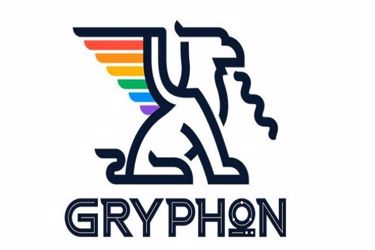DARPA Program Eyes Photonics For Miniaturized, Low Noise RF Oscillator

By Abby Proch, former editor

At its best, an oscillator delivers one tone at a singular frequency, but at its worst can be influenced by faulty components and environmental interference to create enough phase noise to reduce system performance. To answer the need for less noise and greater stability in a smaller package, DARPA has established a new program rooted in photonics — Generating RF with Photonic Oscillators for Low Noise (GRYPHON) — to explore ways to improve upon existing electronic oscillators.
"Most of today’s radar and communications systems operate at these frequencies because the microwave electronics they rely upon are most mature in these bands. GRYPHON seeks to develop oscillators whose output can be broadly tuned across this full spectrum to ensure we can impact the majority of such systems. The program will also investigate operation up to 110 GHz to support future systems operating in emerging high-frequency bands," explained DARPA Microsystem Technologies Program Manager Dr. Gordon Keeler. Keeler said that nonlinear integrated photonics has potential for smaller formfactors, the ability to be mass produced at a low cost, greater environmental robustness, and the ability to tune over multiple frequency bands.
When comes it environmental interference, Keeler points to temperature and vibration as the primary culprits. "Both effects can dramatically degrade the performance of a precision oscillator by introducing unwanted noise. Temperature fluctuations and vibration/acceleration can be minimized in a stationary indoor setting, but deployment in the field (e.g., on aircraft, in vehicles, or handheld) demands the development of rugged, miniature oscillators that maintain their stability in harsh operating conditions," said Keeler.
Over the past 10 years, optical techniques have been used to synthesize high-fidelity microwave signals from 1 to 100 GHz and have relied on optical frequency division to achieve low phase noise, according to a DARPA statement. But the kicker is that while spectral integrity is maintained, other factors like size and cost are compromised.
Tapped to research the next gen tech are Honeywell, Nexus Photonics, BAE Systems, Caltech, and hQphotonics. Each will work toward prototyping a low noise oscillator that is small and frequency-agile. Oscillators packages are expected to be less than 10 cubic centimeters and consume less than 10W, added Keeler. GRYPHON participants are also expected to explore other “advanced techniques that offer even lower phase noise or ultra-wide tunability to inform future oscillator architectures.”
According to Keeler, initial prototypes are expected by the end of phase 2 toward the end of 2024. Teams that advance to Phase 3 will be asked to deliver more mature and higher performance prototypes 12 months after that.
